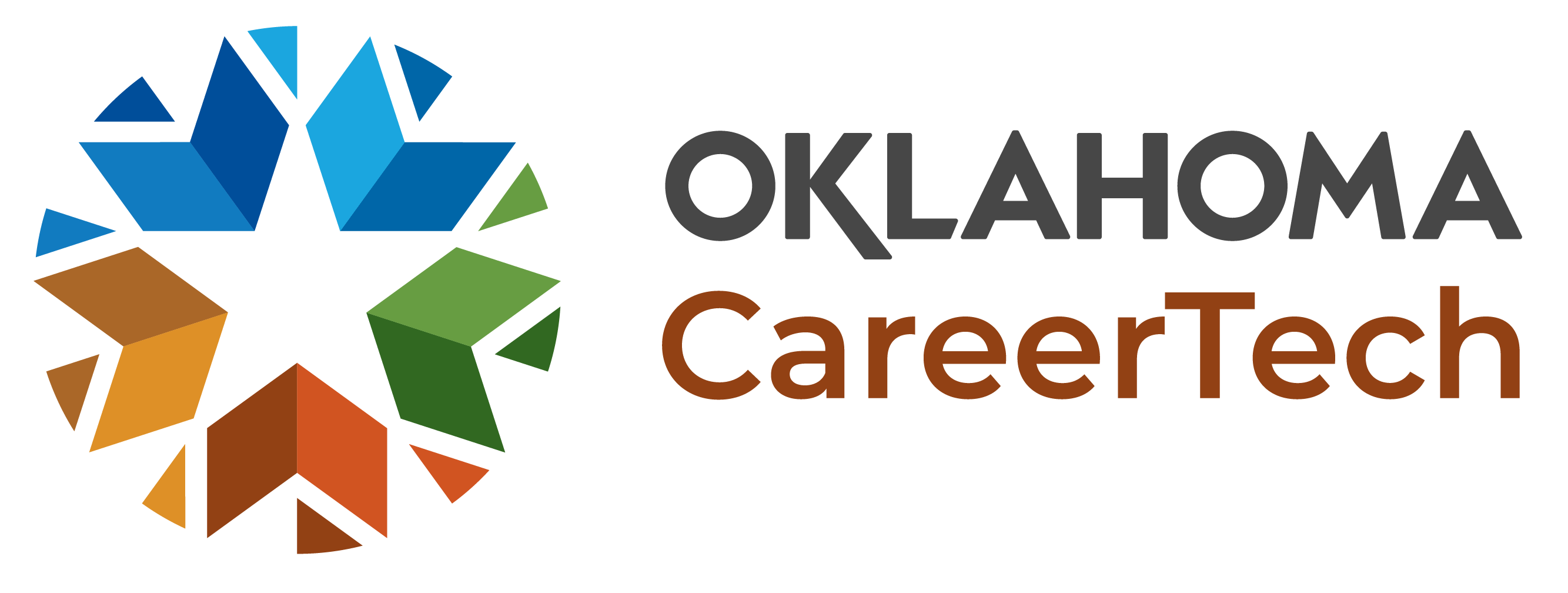Work-Based Learning: Myths vs. Facts

For a print-ready version of this content, download "Work-Based Learning: Myths vs. Facts."
It is important to remember: The child labor laws are designed to protect our youth from exploitation and danger, not remove them from the workplace. There are a lot more opportunities to participate in work-based learning than there are restrictions. You, too, can play a vital role in starting a person’s career off on the right foot!

Myths vs. Facts
All across Oklahoma, businesses are struggling to find employees with the talent and skills they need to be profitable. This problem is known nationally as the “skills gap.” Fortunately, Oklahoma has the assets and a plan to fill this skills gap.
A key component in the comprehensive plan is to increase the utilization of work-based learning (WBL) for young emerging workers. Employers can use WBL opportunities like internships and apprenticeships to attract new talent, fill vacancies where skills gaps have made hiring difficult, and build a specialized talent pipeline to sustain a viable workforce. Effective WBL requires close partnerships between education and business.
This document identifies some popular myths about working with young people and provides facts that should give employers the knowledge and confidence to engage in WBL.

Myth: I can’t work with minors. They must be at least 18 years old.
Fact: The minimum age to be employed in Oklahoma is 14. There are restrictions on the number of hours and the days a minor can work in relation to their school day. These restrictions usually are not an issue in a typical WBL job shadow or internship. Additional restrictions are in place for some occupations as well as specific job tasks within some occupations. However, there are many more opportunities than restrictions for employers to engage in WBL to help develop a young person’s career and have a lifelong impact.

Myth: My industry or workplace is too dangerous for minors.
Fact: The Fair Labor Standards Act does identify occupations that are deemed particularly hazardous for the employment of those under 18 years old. However, the law provides exceptions for 16- and 17-year old student learners enrolled in a course of study and training in a cooperative vocational training program for many of the identified hazardous occupations (FLSA §570.50 – 570.68). Students enrolled in CareerTech training programs are exposed to industry-specific safety training and this training is a major reason the law allows their employment in the hazardous occupations.
For more information on specific occupations, download "Federal and State Labor Laws for Youth Work-Based Learning: Your Guide to Understanding the Opportunities Available in Work-Based Learning." You can also visit the Department of Labor website and search 570.50 to research the specific Code of Federal Regulations.

Myth: There’s too much liability for a company to work with minors.
Fact: Workers’ Compensation protects every employee equally regardless of age. Neither age nor years of experience are calculated into the cost of providing workers’ compensation nor the payment of claims. Workers’ compensation is calculated in the same way for all workers regardless of age and is based on salary and the classification of the actual job the WBL student is hired to do. As a result, actual costs are low for hiring WBL students and existing protections are sufficient.
Unpaid internships also allow students to gain work experience without being considered an employee if they are primarily on-site to learn and receive no direct compensation from the company. In such cases, student insurance coverage is typically carried by the school. The level of insurance coverage can be identified by the school and should be identified in the WBL agreement.


Myth: Company’s policy says we can’t bring minors to our facility!
Fact: Company policy may be the only real barrier to gaining access to the best and brightest emerging workers. If a company wants to address the skills gap in its labor pool, then policy adjustments may be necessary. Participating in WBL will provide the company with access to emerging workers looking to enter the industry. These students have already taken the first steps by enrolling in formal career and technology education programs to support their goals.
Employers can use the schools to provide valuable insights to as to how the students perform in attendance, technical aptitude, interpersonal skills, and other valuable criteria. Job shadowing, paid internships, and unpaid internships are great opportunities to see if a student is the right fit for the company without the onboarding and unemployment concerns that may come with hiring non-WBL candidates.

Myth: Internships are a great way to have unemployment filed!
Fact: Internships, whether they are paid or unpaid, come with an agreement among the student and parent, the school, and the business. The agreement should identify how the internship will be ended after specific learning objectives have been met or a predetermined number of hours of experience have been reached. There is no requirement or expectation to offer the intern employment even if the WBL student is compensated during the WBL experience. It is true many employers do offer employment after completion of the WBL experience, but again, it is not a requirement.
A popular strategy to address employers, concerns is to use a staffing agency (temp agency) to employ the youth, and the business contracts with the staffing agency. The WBL student is an employee of the staffing agency, thereby removing the concerns in this myth. The company can concentrate on creating a positive WBL experience for the student and gaining exposure to a potential new employee. Companies can ask the school if it uses a staffing company to facilitate WBL for its students. Or, companies can partner with a staffing agency and inform the school and students paid internships will be operated through a staffing agency. CareerTech's Express WBL Partnership will help schools and employers implement this option.


